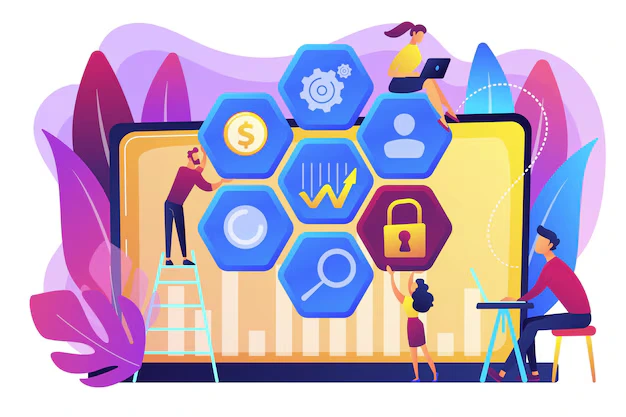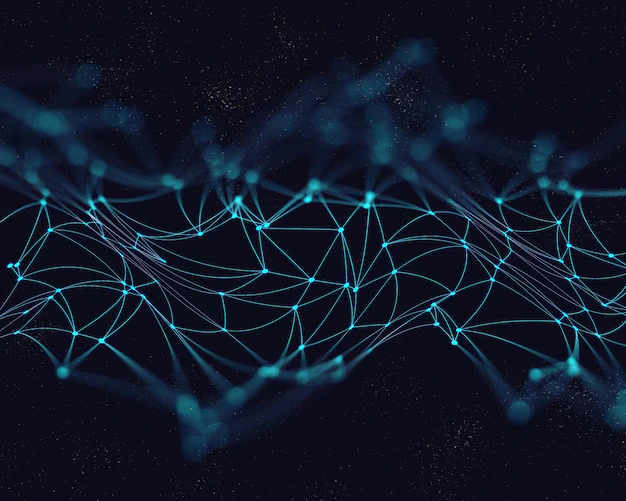In the rapidly changing world of cryptocurrency currency today, terms like blockchain and crypto mining no longer sound familiar. It is important for any individual willing to venture into cryptocurrency to have an understanding of such terms. This article will make the basics of blockchain mining simple to understand by dissecting the process into fragments.
What is Blockchain Technology?
Most fundamentally, blockchain technology is an decentralized digital ledger that keeps records of transactions on many separate computers. Decentralization implies the transaction records will be open and secure. A block in the blockchain will hold a group of transactions, and when a block is sealed, it is fixed into the chain in linear, chronological sequence.
The Role of Mining in Blockchain
Blockchain mining refers to how new cryptocurrency coins are released and transactions are confirmed on the blockchain. Miners use specialized computer hardware to calculate complex mathematical equations that will allow them to add a new block on the blockchain. It is a critical process that keeps the blockchain network secure and updated.
How Does Blockchain Mining Work?
Transaction Verification: A transaction is paired with other unconfirmed transactions and added to the blockchain when sent.
Solving Hard Problems: Miners will battle over solving mathematical problems. This requires an enormous amount of computer strength and is akin to trying many different combinations of numbers in an effort to unlock.
Proof of Work: The initial miner who solves the puzzle is allowed to add the new block to the blockchain. It is referred to as Proof of Work (PoW).
Rewards: The successful miner receives a certain number of cryptocurrencies, along with the transaction fees of the transactions validated.
Why is Mining Necessary?
Mining is necessary to blockchain technology due to the following reasons:
Security: Double-spending is prevented by it, and even makes the blockchain tamper-proof.
Decentralization: Because it makes every user a prospective miner, blockchain technology is not centrally controlled but decentralized.
Supply Control: The mining controls the influx of new coins into the market and thus maintains the integrity of the currency.

Challenges of Blockchain Mining
Though profitable, mining is not without problems. It entails high energy and costly hardware use, therefore being out of reach for the average consumer. Additionally, as more blocks are mined, the puzzles become increasingly complex demanding even larger computation power.
In brief, blockchain mining is something that all cryptocurrency users need to learn about. It is of utmost significance to blockchain network functionality and integrity. As the technology continues to improve, so will the hardware and processes utilized in mining.
Feel free to leave your comments or questions in the section below.

